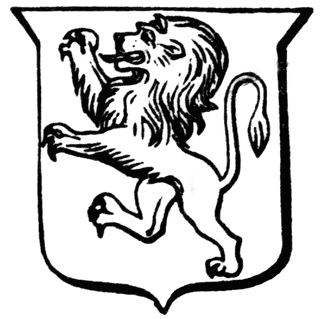In Modern English, rampant means "unrestrained or violent in behaviour, desire, opinions, etc.; growing or developing unchecked."
In most seed catalogs, nasturtiums are generally described as blooming from early summer through early fall, growing to a height of 10 to 12 inches, though one variety, Jewel of Africa, is said to reach 4 to 5 feet "just the right size to tumble from a hanging basket or twine up a small trellis or patio tub. They can even be allowed to trail along the ground, carpeting the garden in color!"
In our garden, nasturtiums are rampant in all senses of the word, and have been for weeks. After predicting since January 23 of last year (weeding with Emily) that at some point I would have to define them as weeds, I have continued to let nasturtiums go unless they threaten to choke out a sweet pea, hyacinth bean, boysenberry, viola, fern, or struggling succulent.
Rampant nasturtiums have given a bright orange crown to our eight-foot fence and twined around the potato drum as well as one rain barrel. Soon they will turn my leafless six-foot Australian tree fern stem into a virtual nasturtium tree. They cover dying narcissus and freesia leaves, and retain moisture for tall calla lilies and the last of the ranunculi. Only yesterday, I realized that I was essentially using them as a mulch, up to two feet deep in areas where they sprawl.
Steve and I sit at our bistro table and watch bees, moths, butterflies, and hummingbirds visit the nasturtiums. Human passersby express delight, and toddlers often leave with a bright flower in hand or mouth.
Horticultural memoirs abound. Nasturtiums were rampant in the back yard of the house I lived in from age eight to age twelve. They reared up into the big old eucalyptus trees that lined the backs of all the lots on our street. I was fascinated by their fat, tripartite seeds, and would line them up along the top of a redwood fence to watch them dry out and split apart as summer progressed.
I am astounded to learn that nasturtium, though a Latin word, is not this rampant beauty's scientific name. Nasturtium officinale and& Nasturtium microphyllum are watercresses, while the flowering nasturtium is described by botanists as Tropaeolum majus and a whole raft of other species including Tropaeolum pulchellum, and Tropaeolum sanctae-catharinae.
What do nasturtiums have to do with St. Catharine? A question for another day.

